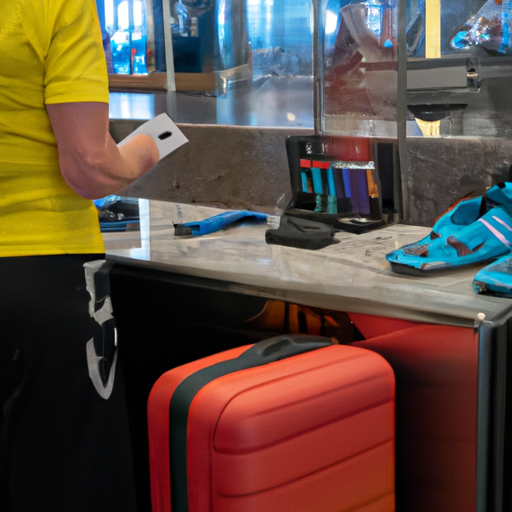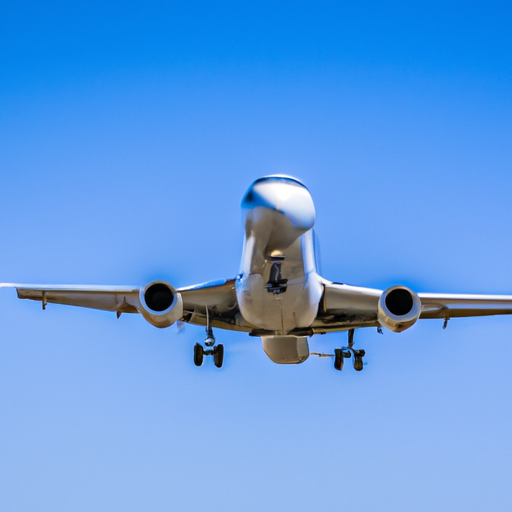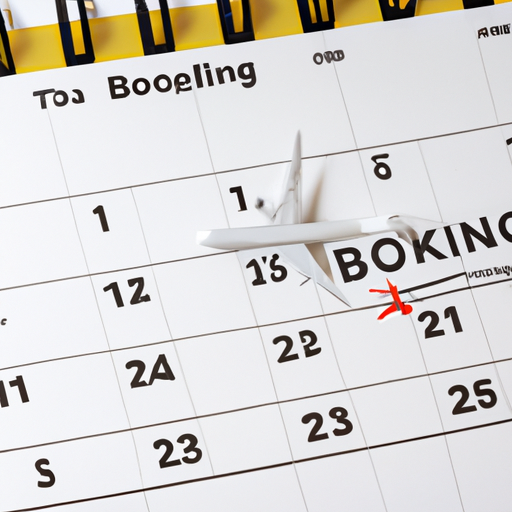Getting Started with Sports Equipment Travel
Traveling with sports equipment can be as exciting as the journey itself! Whether you’re headed to the mountains with your snowboards or gearing up for a sunny beach volleyball tournament, preparing your gear for flight involves understanding airline policies, ensuring your equipment’s safety, and maximizing convenience. Let’s break it down, step by step, to make your next adventure hassle-free!
Understanding Airline Policies
First things first, each airline has specific rules regarding sporting equipment. Generally, sporting gear falls into two categories: carry-on and checked baggage. Always check your airline’s official website or contact customer service for the most up-to-date information. But don’t worry, I’ve compiled some common guidelines for you!
1. Carry-On vs. Checked Baggage
Most airlines allow small sports items, like tennis rackets or small bags, as carry-on fare. However, bulky items such as surfboards or golf clubs usually need to be checked in. Be mindful of baggage weight limits, as exceeding them can lead to unexpected fees.
2. Additional Fees
Be prepared for potential extra charges. Some airlines treat sports equipment as special items and may impose additional fees on top of regular checked baggage rates. These charges can vary significantly, so it pays to do your homework before packing!
3. Size Restrictions
Many airlines have strict size limitations for checked bags. If your equipment is too large, you may have to ship it instead. Sizes vary by airline, so often it’s worth measuring your gear in advance to avoid any surprises at the airport.
Packing Your Gear Safely
Now that you’re familiar with the airline regulations, let’s discuss how to pack your equipment safely. Proper packing not only helps avoid damage but can also streamline your travel experience.
1. Use Appropriate Bags
Invest in quality travel bags designed specifically for your sports gear. For instance, padded bags for golf clubs or protective covers for bicycles can make a world of difference. This not only safeguards your items but can also help you look more organized at check-in!
2. Disassemble When Necessary
Some gear may need disassembly before traveling. Snowboards, for example, can usually be packed without their bindings. This not only makes them smaller but also less vulnerable during handling.
3. Label Everything
Make sure to label your equipment clearly with your name and contact information. Consider using tags that withstand all weather conditions! This simple step can help reunite you with your gear should you ever misplace it.
What If Something Goes Wrong?
Even the best-laid plans can go awry. Whether it’s lost luggage or damaged equipment, being prepared can save you a lot of stress. Here’s what you can do:
1. Purchase Travel Insurance
Consider buying travel insurance that covers sporting equipment. It’s an added cost but can be invaluable if your gear gets lost or damaged during transit. You might want to explore your credit card offers, as they sometimes include travel coverage.
2. Document Everything
If your gear does get lost or damaged, document the condition and the situation right away. Take photos, note down your baggage claim info, and keep all receipts related to your equipment. This information will be crucial when filing a claim.
Common Sports Equipment and Their Airline Rules
To make your planning easier, let’s take a look at some common sports equipment and general airline rules regarding them:
1. Bicycles
Most airlines allow bicycles as checked baggage but often require them to be boxed or packed in specialized bags. Be sure to remove pedals and turn the handlebars parallel to the frame for easier packing!
2. Surfboards
Your beloved surfboard usually travels as special baggage. Many airlines have a specific charge and size restrictions, so check before heading to the airport. A well-padded bag can help protect your board from those inevitable bumps!
3. Golf Clubs
Golf clubs are typically allowed but can come with hefty additional fees. Opt for a sturdy travel cover for extra support, and consider removing any loose items from your bag to keep it light and easy to handle.
4. Skis and Snowboards
When traveling to a ski destination, airlines usually permit skis and snowboards,




